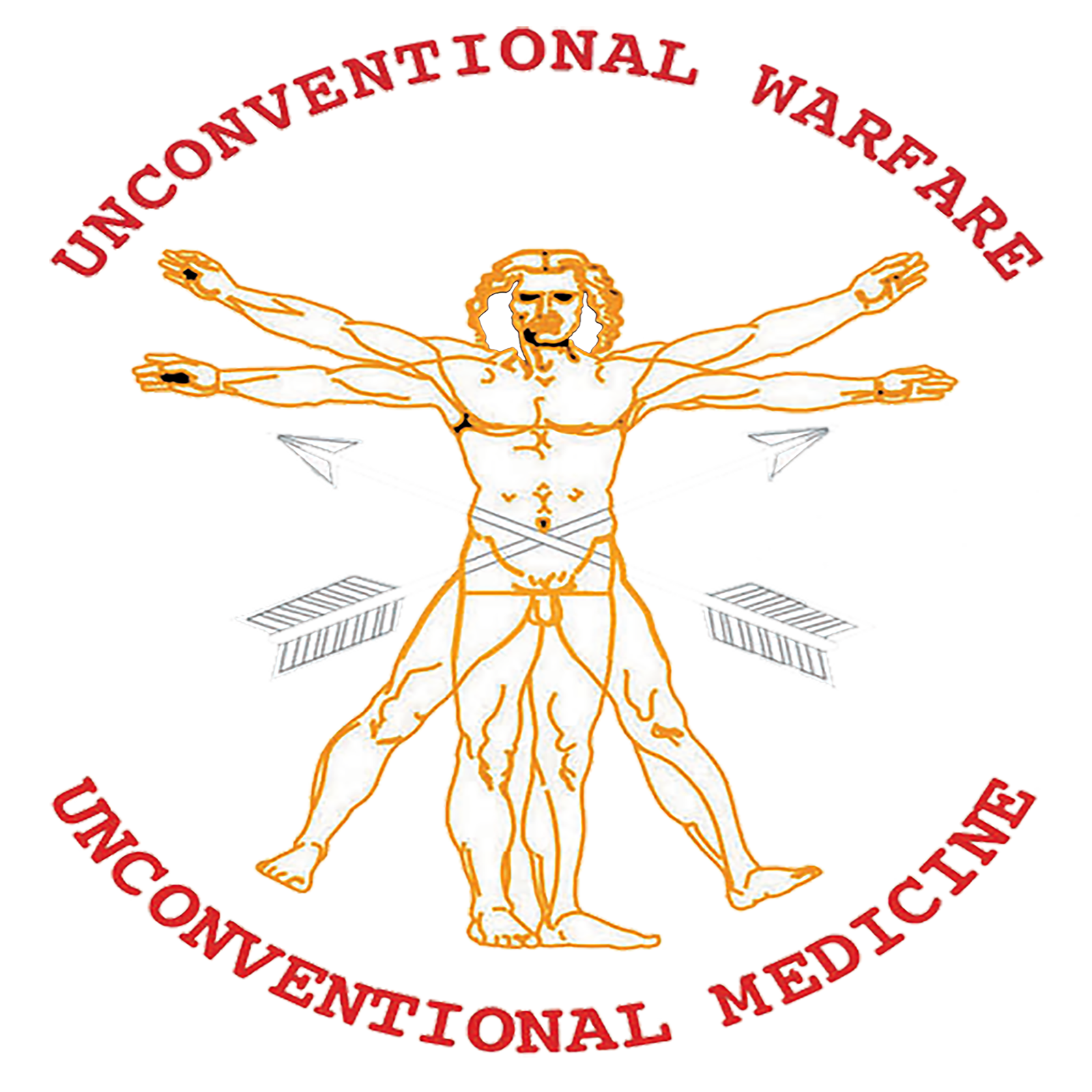Spring 2023 JSOM Podcast
Description
Our guest medic editor this quarter, SSG Blake Wright, enlisted in 2013 and has since served in various roles across the 173d, 82d Airborne, and USASOC. He currently serves as a Special Operations Flight Medic and has future aspirations of applying to the Inter-Service Physician Assistant Program. He will review The Effect of Prehospital Blood Transfusion on Patient Body Temperature from the Time of Emergency Medical Services Transfusion to Arrival at the Emergency Department. Our author interview will be with Sean M. Stuart, DO, FACEP, FAAEM, FAWM Commander, Medical Corps, US Navy (Naval War College). Commander Stuart received his Doctor of Osteopathic Medicine from the Philadelphia College of Osteopathic Medicine in 2009. CDR Stuart reported to the 3rd Battalion, 3rd Marines, where he served as the Battalion Surgeon from 2010 to 2013. During this time, CDR Stuart deployed twice to support Operation Enduring Freedom. He also served as the Director of Medical Readiness for 3d Marines. CDR Stuart also served as the Deputy Regimental Surgeon, coordinating medical support for developing Marine Rotational Force–Darwin and RIMPAC exercises. He pioneered the development of a combat training curriculum, created a training tactical simulation laboratory, and served as the Director of Operational Training. In 2014, CDR Stuart began his emergency medicine residency training. After graduating, CDR Stuart assumed the role of MEU Surgeon for the 13th Marine Expeditionary Unit. In 2019, CDR Stuart returned to Naval Medical Center Portsmouth as academic faculty. In 2022, CDR Stuart was selected to attend the Naval War College. CDR Stuart is board-certified in Emergency Medicine, holds a faculty appointment as Assistant Professor of Military and Emergency Medicine at the Uniformed Services University of the Health Sciences, and is a Fellow of the American College of Emergency Physicians, American Academy of Emergency Medicine, and the Academy of Wilderness Medicine. He will review iTClamp-Mediated Wound Closure Speeds Control of Arterial Hemorrhage With or Without Additional Hemostatic Agents on p. 87 of the Winter 2022 edition. Be sure to follow us on our Social Media platforms @jsomonline https://jsom.us/Podcast.
More Episodes
Published 09/26/24
A U.S. Soldier on a night patrol hears a gunshot, feels a sharp pain in the right side, and yells, “I’m hit.” The unit medic quickly moves to the casualty’s side. The wounded Soldier thinks of the family waiting at home and says to the medic: “Doc—will you please tell my family that I love them.”...
Published 09/26/24
Our JSOM Podcast team of Alex Merkle and Josh Randles will be reviewing the following articles for our Summer podcast:
Advancing Combat Casualty Care Statistics and Other Battlefield Care Metrics by Jud C. Janak, Russ S. Kotwal, Jeffrey T. Howard,...
Published 09/26/24


